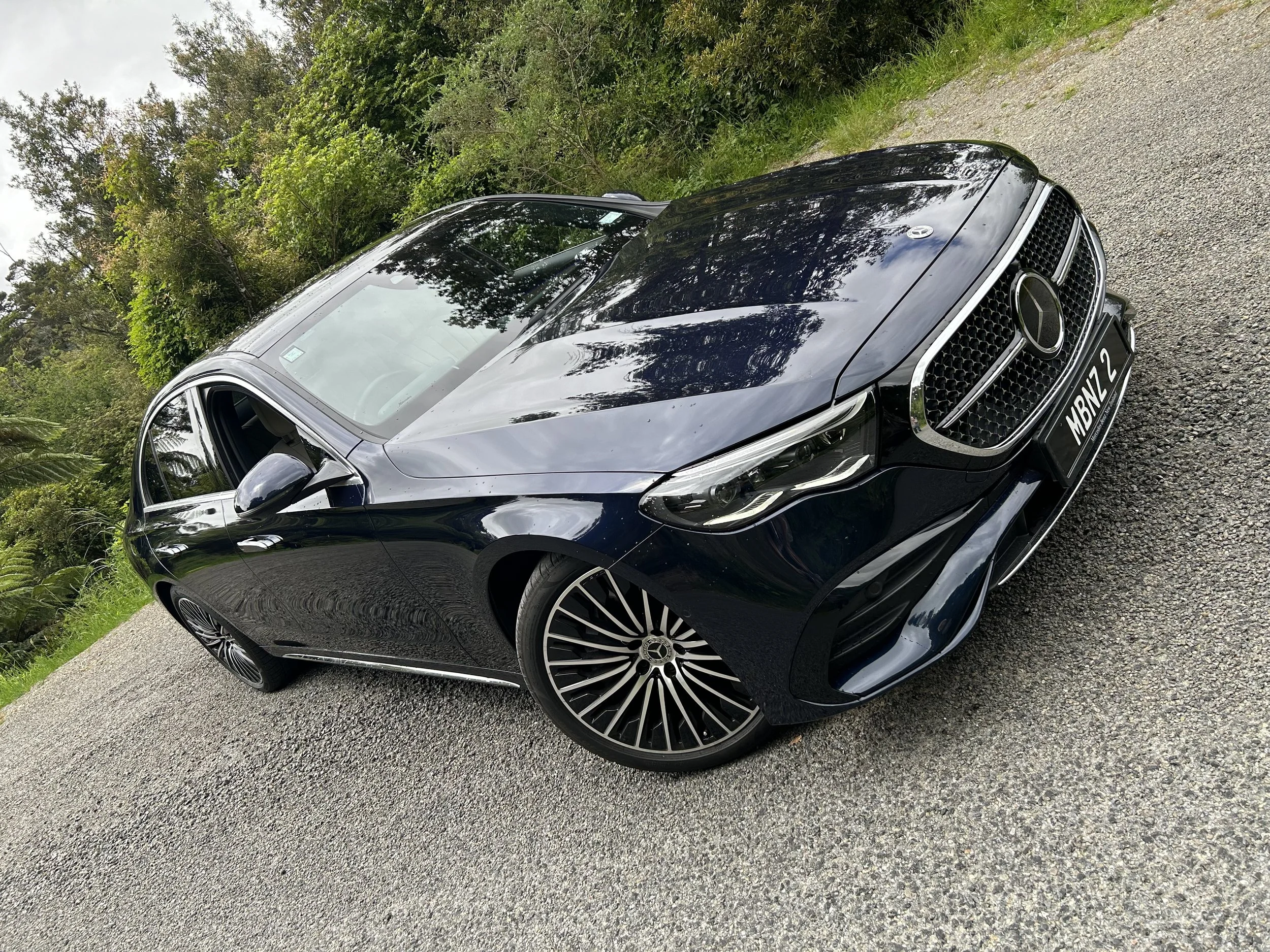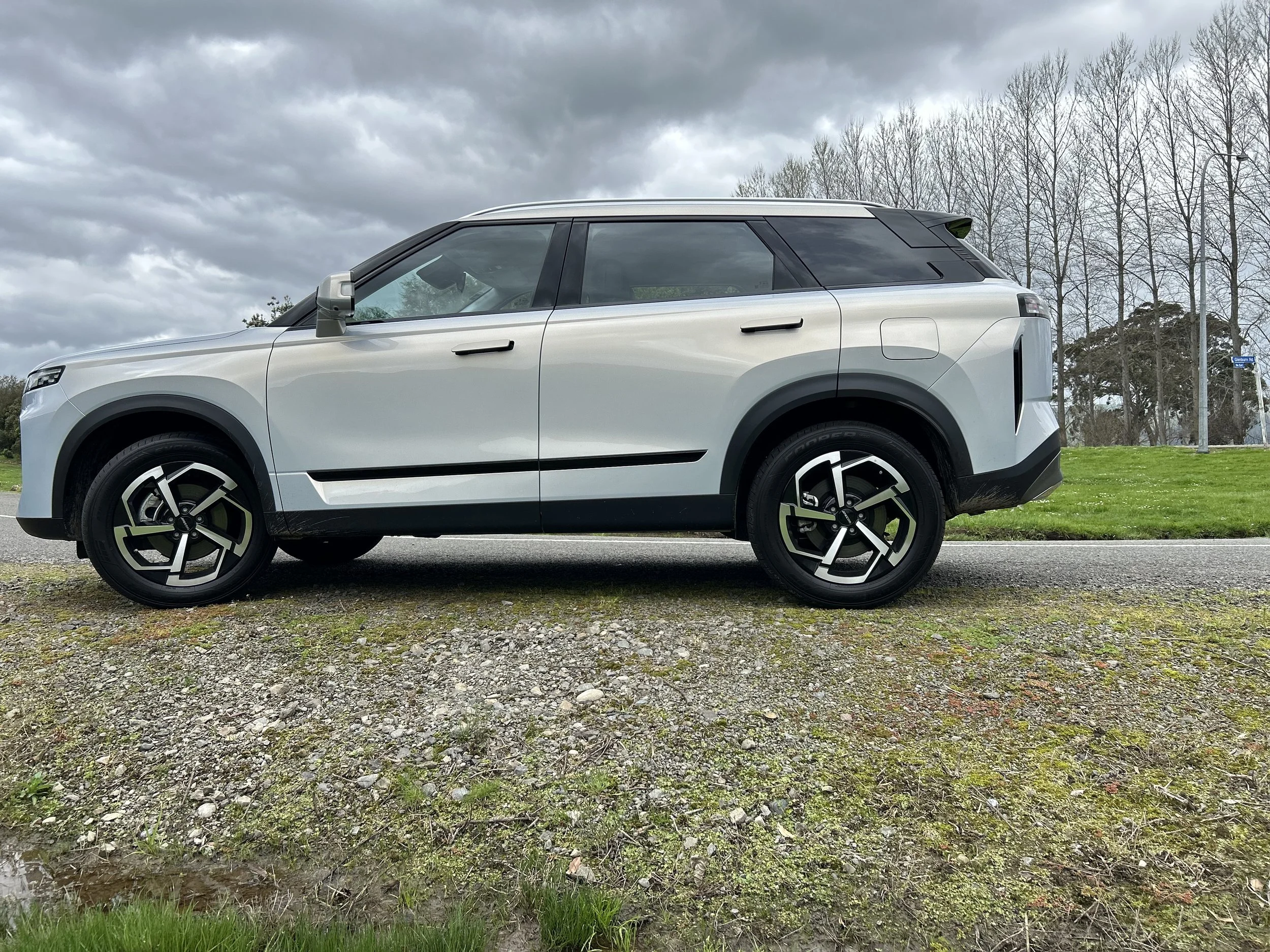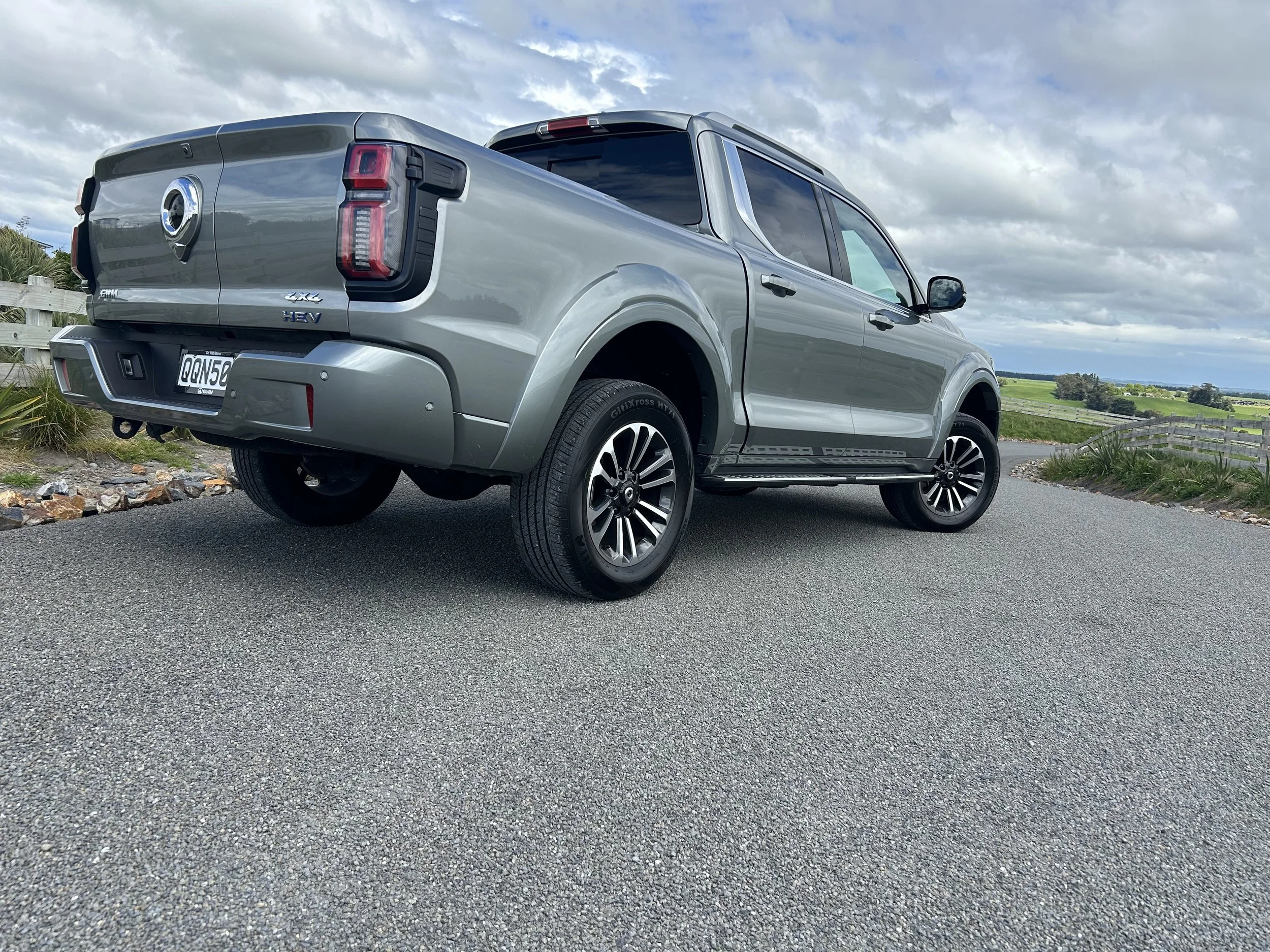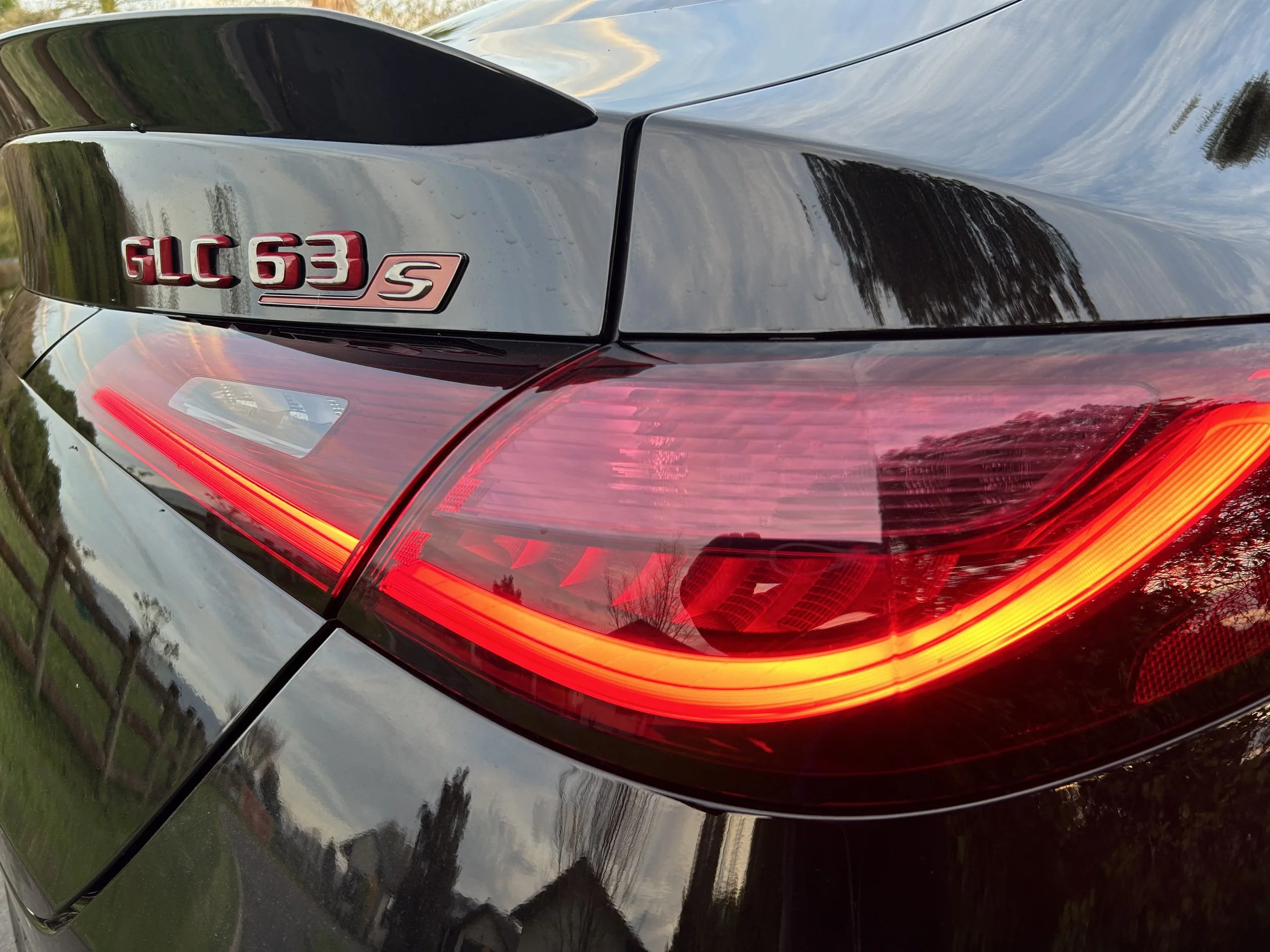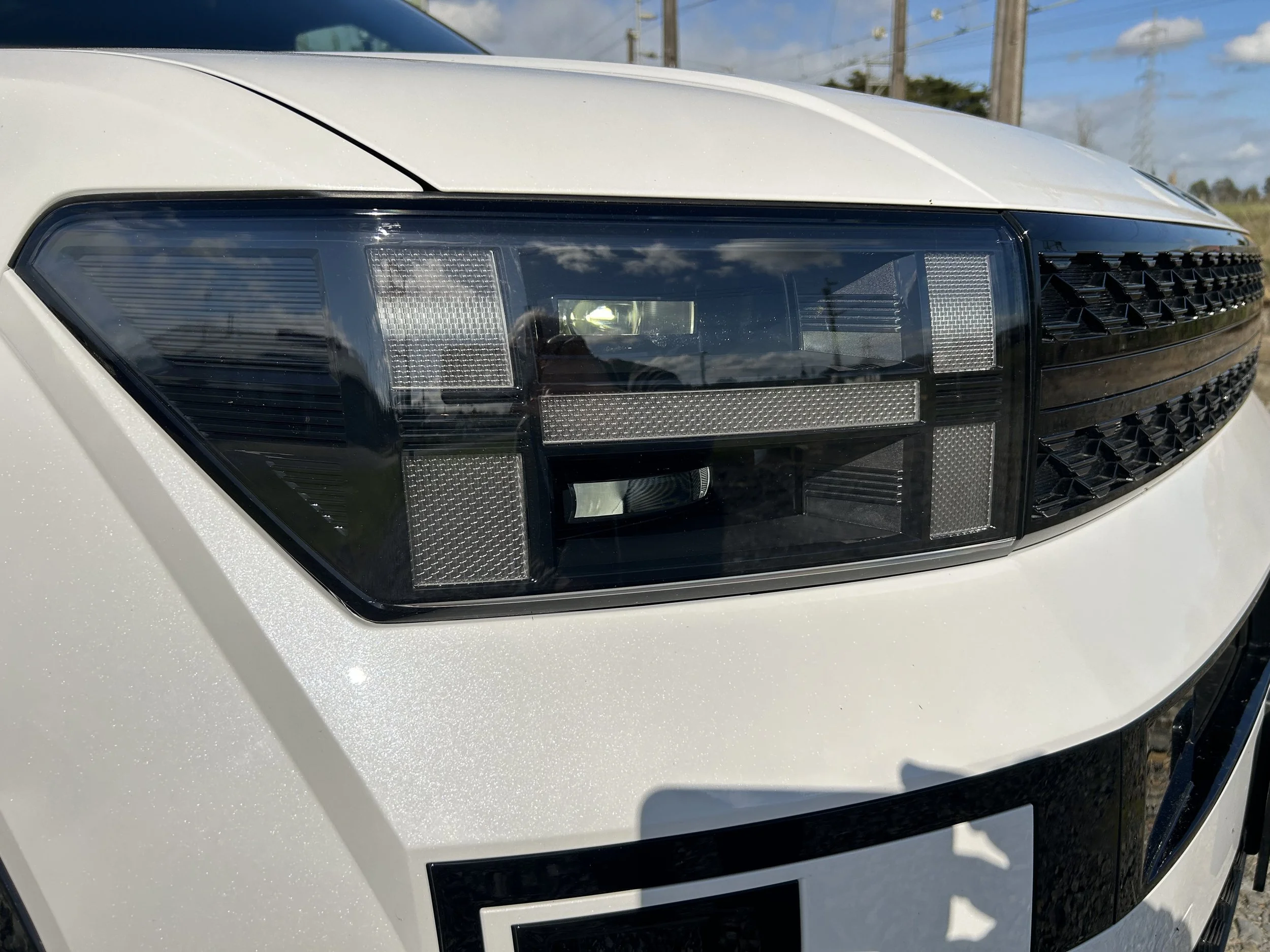Reborn cars revitalising Jaguar
/Jaguar Land Rover’s decision to make recreate a famous old racer and to ‘rebirth’ other special vehicles from its past is audacious and possibly a little bit controversial. But look at what it is delivering!
PLENTY of car brand admit to drawing from the past when designing fresh product, but only one new car maker has gone to the extent of actually resurrecting it.
Jaguar Land Rover has cheerfully disproved scientific theory of resurrecting dinosaurs being Juurassic Park fantasy by having rolled up its sleeves and got on with the job of bringing back the dead.
What makes the ‘Classics’ programme singularly different to anything else is that the brand has determined that product that cannot be restored, repaired and re-invigorated can simply be remanufactured.
Actually, ‘simple’ is not the right word. The process that has led to the first locally-seen example of those reborn cars, a Jaguar XKSS whose arrival last week caused great excitement with brand and old car cognoscenti, was anything but.
This brand-new example of a particularly famous 1950s’ motorsport-related classic results from 10,000 hours of exacting craftsmanship.
It’s premium time, too. The resultant recreation, the first of nine intended to roll out of the factory (all spoken for and all others staying in the Northern Hemisphere), has cost its owner, Michael Giltrap, older son of New Zealand car magnate Sir Colin Giltrap, the best part of $2 million.
For pleasure or as a canny investment? Time will tell about that one. But this family didn’t get to where it is now, as the dominant force of the New Zealand new car sales scene, through lack of an eye for a bargain.
The ‘right’ kinds of old cars – old cars with racing pedigree especially – are worth more than their weight in the most precious of metals.
The original XKSS’s, built in the 1950s, are said to now sell for $17 million. Not quite set to match what is probably NZ’s most valuable old racing car, the Southward Collection’s ex-Amon Maserati 250F? One particular original example probably does. The car Steve McQueen owned is conservatively estimated to be worth up to $35 million.
The difference between something like the 250F and the Giltrap acquisition goes way beyond one having a bone fide F1 career and the other being, as a roadcar version of the Jaguar D-type that dominated the 24 Hours of Le Mans race in the mid-'50s, the world’s first supercar.
What Mr Giltrap has secured is technically a "continuation car," a special type of replica in which production ceased but has since restarted using original designs and methods.
In creating the XKSS, the team at Jaguar Classic used original drawings from company archives and supplemented them with modern tech, such as scanning the car to build 3D models to aid fabrication using retro, authentic methods.
Jaguar says it decided to create the car as the realisation of an unfinished programme. The original XKSS was being made for the US market as a road-going conversion of the Le Mans-winning 1954 D-type, until a fire ripped through Jaguar's Browns Lane factory in 1957. As a result, only 16 were ever made out of the total 25-car production run. Sixty years on, the brand says it is just completing that order.
Revealed to the world at last year’s Los Angeles motor show, the car is an opus. Apart from a modern battery and fuel tank, it is exactly right - 2000 rivets, and no power steering or brakes. It comfortably predates such items as paddle shift, ABS, the luxury of electric windows.
It is not just authentic in look and scale but, as much as possible, in build process. Steel and aluminum panels were hand-rolled on English wheels as they would have been in 1950s. Some nuts were even reproduced because they can no longer be bought. The wood of the steering wheel to the leather of the seats and the brass on the dash is exactly as it would have been in 1957.
According to Kev Riches, engineering manager for Jaguar Classic: “Being a real petrolhead, it was about building an authentic car and trying to make the cars as accurate as possible to the cars that were built in the period.
"It was about trying build that perfect car to the period specification, in the period way as much as possible.”
When new, this was a car that would have walloped most sports cars of the period, thanks to being powered by the marque’s most famous engine of that time. By today’s standards, the 3.4-litre straight six-cylinder engine is something of a tame tabby, though. The cited 195kW leaving it looking slightly feral only against some of Jaguar’s road cars. The XKSS maintains superior power-to-weight, however.
Jaguar Classic will get plenty of mileage from this car, easily as much as it did from the six lightweight racing E-Types that represented its first project, back in 2014.
Those cars caused a stir because, before they came into being, there were just 12 of this kind.
The Lightweights were easily as famous as the XKSS. They weighed approximately 113kg less than a standard E-Type due to aluminum construction as well as a stripped-out cabin. (The standard cars were mostly steel). The engine was a 3.8-liter inline-six, which combined with the light curb weight made the cars quite competitive. Famous racers to have hopped behind the wheel of a Lightweight E-Type at some point include Graham Hill, Jackie Stewart, Roy Salvadori and Briggs Cunningham.
Jaguar’s back story then was that the company originally planned 18 cars in 1963 but only made 12, leaving six 'spare' chassis numbers.
The emergence of the ‘continuation’ examples raised quite a few questions, not least in respect to whether they should be allowed to compete in historic motorsport, which is enjoying a huge popularity resurgence. The argument centred mainly on the issue of provenance, but there was also some thought that – as brand-new cars – these examples might have an edge of elderly originals which perhaps would have lost some edge over time. This came to a head when organisations of the most famous historic race meet, the Goodwood Classic, turned them down.
Commentators still occasionally ask if the whole ‘Classic’ impetus is an unnecessary plundering of history from a company that should now be looking solely to the future rather than focus on a past that, by and large, has been something of a burden.
JLR clearly feels it is making the right call. In addition to the XKSS programme that is beholden to the Classic division, it is also undertaking a ‘JLR Reborn’ initiative, in which tattered original cars repatriated from all around the world are rebuilt to exactly how they would have looked at factory roll-out.
The brand has knocked out 10 E-Types and intends to deliver 10 original Range Rovers. It has also delivered restored runs of the Series I Defender. Prices of the cars depend on the specification to which they are restored, but a starting price of around $500,000 has been quoted.
JLR is now about to allow the public into the place where the magic happens.
Built at a cost of around $12 million, the Classic Works facility in Coventry, England, is a car enthusiasts’ heaven, showcasing not just the revitalisation programmes but also some special original cars, some from Jaguar’s racing past.
The 14,000 square metre building holds 54 workshop bays and employs 80 specialist workers, though that is expected to grow to 120 by year-end. Among those employees is Le Mans racing legend Andy Wallace, employed to test drive each Jaguar Classic vehicle that’s assembled at the facility.
Tours of the venue will start in September, by which time it will hold 500 vehicles.







